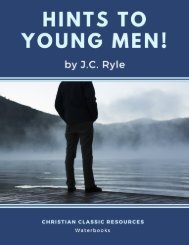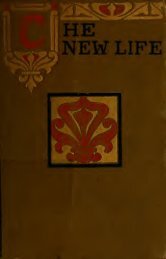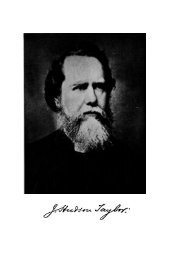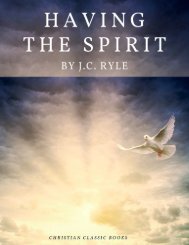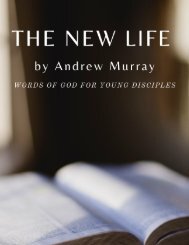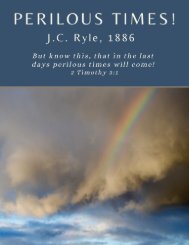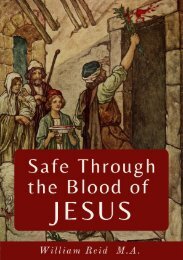The Case For Christ
The Case for Christ records Lee Strobel's attempt to "determine if there's credible evidence that Jesus of Nazareth really is the Son of God." The book consists primarily of interviews between Strobel (a former legal editor at the Chicago Tribune) and biblical scholars such as Bruce Metzger. Each interview is based on a simple question, concerning historical evidence (for example, "Can the Biographies of Jesus Be Trusted?"), scientific evidence, ("Does Archaeology Confirm or Contradict Jesus' Biographies?"), and "psychiatric evidence" ("Was Jesus Crazy When He Claimed to Be the Son of God?"). Together, these interviews compose a case brief defending Jesus' divinity, and urging readers to reach a verdict of their own.
The Case for Christ records Lee Strobel's attempt to "determine if there's credible evidence that Jesus of Nazareth really is the Son of God." The book consists primarily of interviews between Strobel (a former legal editor at the Chicago Tribune) and biblical scholars such as Bruce Metzger. Each interview is based on a simple question, concerning historical evidence (for example, "Can the Biographies of Jesus Be Trusted?"), scientific evidence, ("Does Archaeology Confirm or Contradict Jesus' Biographies?"), and "psychiatric evidence" ("Was Jesus Crazy When He Claimed to Be the Son of God?"). Together, these interviews compose a case brief defending Jesus' divinity, and urging readers to reach a verdict of their own.
Create successful ePaper yourself
Turn your PDF publications into a flip-book with our unique Google optimized e-Paper software.
"When I was young, I was reading a book by C. S. Lewis, who wrote<br />
that the New Testament says nothing about the Resurrection. I<br />
wrote a real big 'No!' in the margin. <strong>The</strong>n I realized what he was<br />
saying: nobody was sitting inside the tomb and saw the body<br />
start to vibrate, stand up, take the linen wrappings off, fold<br />
them, roll back the stone, wow the guards, and leave.<br />
That, it seemed to me, might pose some problems. "Doesn't this<br />
hurt your efforts to establish that the Resurrection is a<br />
historical event?" I asked.<br />
Habermas pushed back his chair to get more comfortable. "No, this<br />
doesn't hurt our case one iota, because science is all about<br />
causes and effects. We don't see dinosaurs; we study the fossils.<br />
We may not know how a disease originates, but we study its<br />
symptoms. Maybe nobody witnesses a crime, but police piece<br />
together the evidence after the fact.<br />
So," he continued, "here's how I look at the evidence for the<br />
Resurrection: First, did Jesus die on the cross? And second, did<br />
he appear later to people? If you can establish those two things,<br />
you've made your case, because dead people don't normally do<br />
that." Historians agree there's plenty of evidence that Jesus was<br />
crucified, and Dr. Alexander Metherell demonstrated in an<br />
earlier chapter that Jesus could not have survived the rigors of<br />
that execution. That leaves the second part of the issue: did<br />
Jesus really appear later? "What evidence is there that people<br />
saw him?" I asked.<br />
"I'll start with evidence that virtually all critical scholars<br />
will admit," he said, opening the Bible in front of him. "Nobody<br />
questions that Paul wrote I Corinthians, and we have him<br />
affirming in two places that he personally encountered the<br />
resurrected <strong>Christ</strong>. He says in 1 Corinthians 9: 1, 'Am I not an<br />
apostle? Have I not seen Jesus our Lord?' And he says in 1<br />
Corinthians 15:8, 'Last of all he appeared to me also.'"<br />
I recognized that last quote as being attached to the early<br />
church creed that Craig Blomberg and I have already discussed. As<br />
William Lane Craig indicated, the first part of the creed (verses<br />
3-4) refers to Jesus' execution, burial, and resurrection.<br />
<strong>The</strong> final part of the creed (verses 5-8) deals with his post-<br />
Resurrection appearances: "[<strong>Christ</strong>] appeared to Peter, and then<br />
to the<br />
Twelve. After that, he appeared to more than five hundred of the<br />
brothers at the same time, most of whom are still living, though







